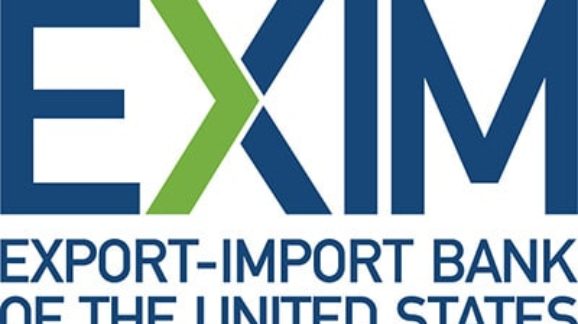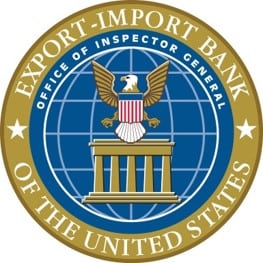Ex-Im Bank Revival?

 Next week the Senate is expected to vote on new board members for the Export-Import Bank, which gives favorable financing terms to foreign governments and businesses when they buy U.S. products. This is a bigger deal than it sounds. Ex-Im’s charter requires a quorum of three members to authorize any transactions larger than $10 million. It has lacked that quorum since 2015 due to expiring board member terms. As a result, Ex-Im has been doing just a fraction of the business it used to do. Its financing projects declined from $21 billion in 2014 to $3.6 billion in 2018.
Next week the Senate is expected to vote on new board members for the Export-Import Bank, which gives favorable financing terms to foreign governments and businesses when they buy U.S. products. This is a bigger deal than it sounds. Ex-Im’s charter requires a quorum of three members to authorize any transactions larger than $10 million. It has lacked that quorum since 2015 due to expiring board member terms. As a result, Ex-Im has been doing just a fraction of the business it used to do. Its financing projects declined from $21 billion in 2014 to $3.6 billion in 2018.
Sen. Pat Toomey (R-PA) and other members have been blocking board member confirmation votes in order to keep Ex-Im to returning to its former “Bank of Boeing” status—when Boeing alone accounted for nearly half of its business in most years. A literal top 10 list of large businesses captured as much as 80 percent of Ex-Im largesse before the big 2014-2015 reauthorization and board quorum battle.
The current board quorum fight is the first act in a larger fight. Ex-Im’s charter expires on September 30. If Congress does not reauthorize it, Ex-Im would close its doors to new projects, wind down its portfolio, and then disappear entirely. This nearly happened in the 2014-2015 reauthorization cycle, when Ex-Im’s authorization lapsed for more than six months. It has lacked board quorum for much of the period since.
CEI has signed on to a coalition letter opposing Ex-Im’s reauthorization. We also hope the Senate declines to give the Ex-Im board a quorum. As the Mercatus Center’s Veronique De Rugy and Justin Leventhal point out in a recent study, Boeing and other major Ex-Im beneficiaries are doing just fine without Ex-Im. They have had no trouble finding private financing, and Boeing even set new profitability records.
Total U.S. exports have increased by $266 billion since 2014. The most recent GDP growth and employment rates are both stellar, despite four years of limited Ex-Im activity. Estimated GDP growth was 3.2 percent in fourth quarter 2018, and Friday’s employment report estimated an employment increase of 263,000 jobs and a 3.6 percent unemployment rate.
Given that the prelapsarian was Ex-Im operating at a loss of $2 billion per decade under conventional accounting standards (the Bank uses unconventional methods to show a $14 billion profit instead), it is time to close Ex-Im. Congress can do that simply by doing nothing. It can also limit Ex-Im’s cronyism by doing nothing to vote on new quorum-restoring board members.
For more on the case for closing Ex-Im, see my paper “Ten Reasons to Abolish the Export-Import Bank.”